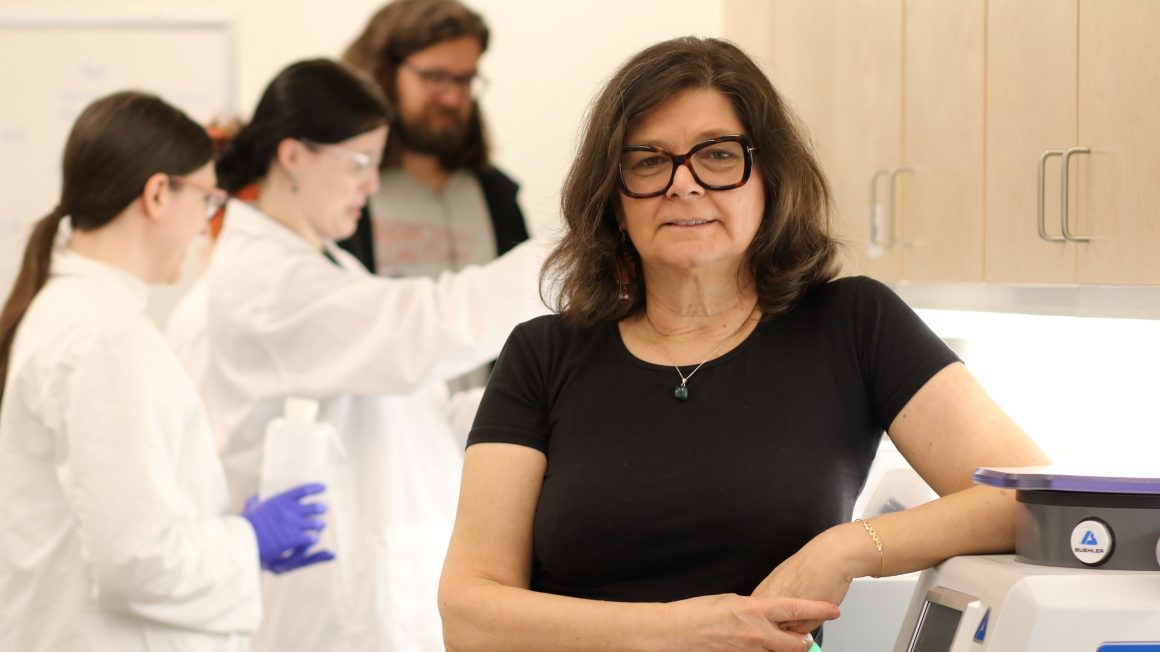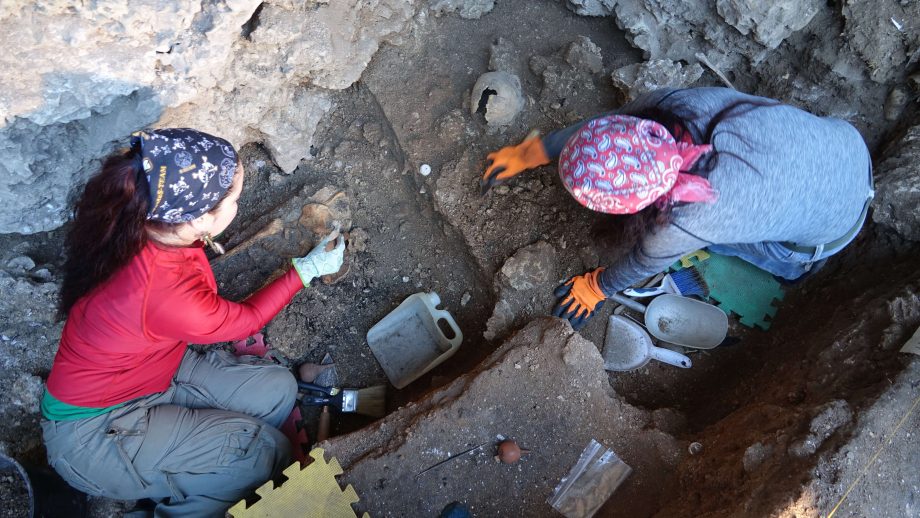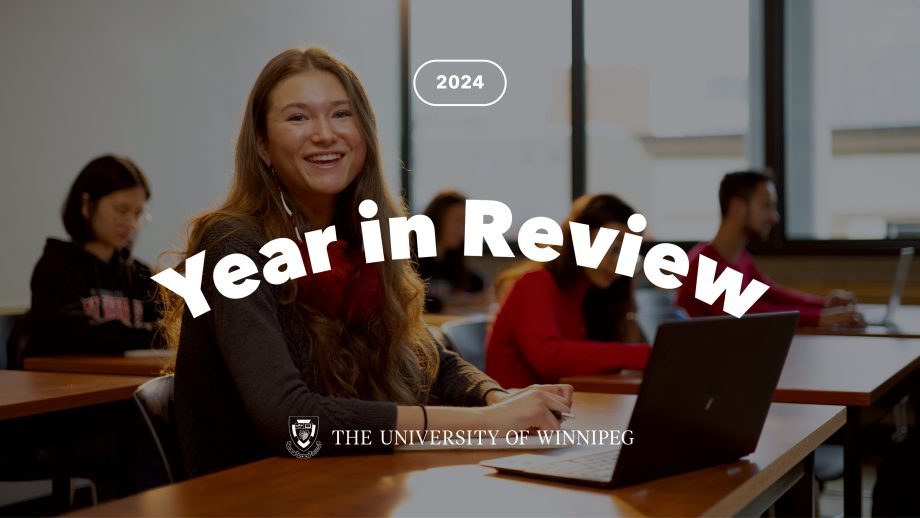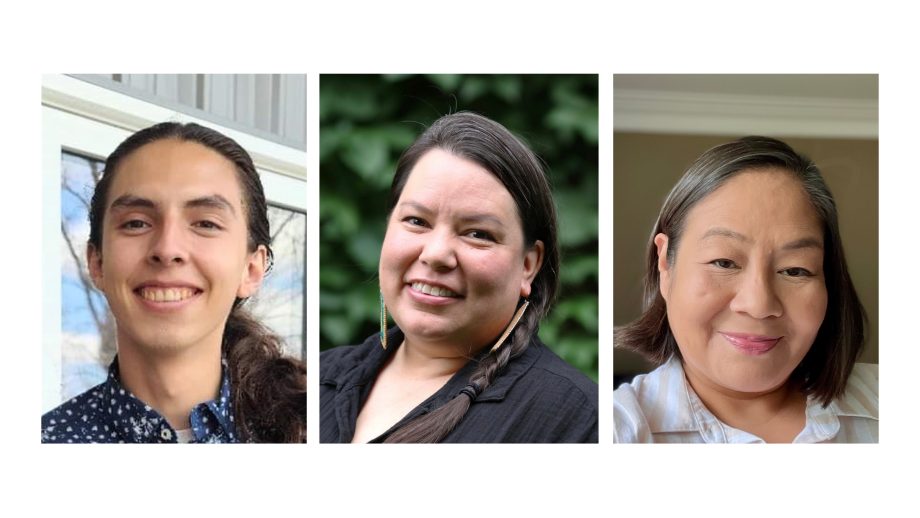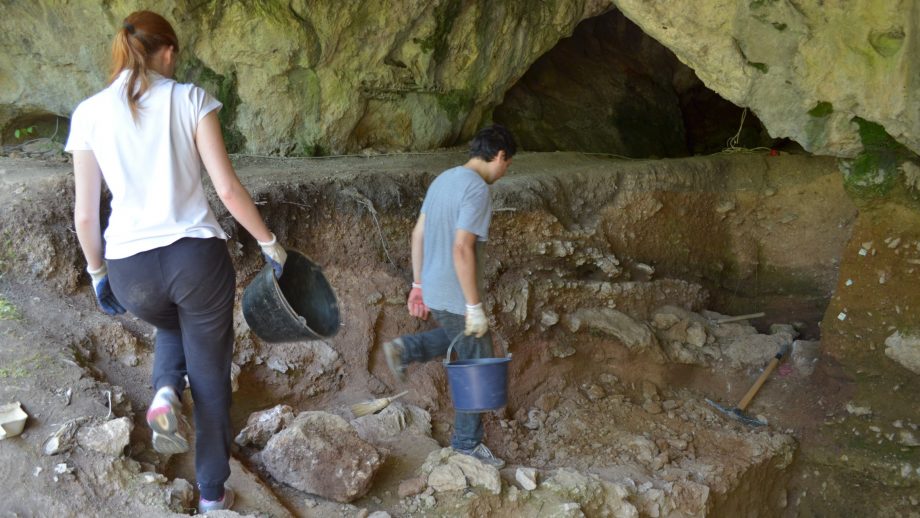This summer, UWinnipeg student Melanie San Filippo will be getting priceless archaeology experience with University of Winnipeg anthropology professor, Dr. Mirjana Roksandic.
San Filippo’s summer journey will take her on an archaeological dig in Tanzania, to a conference in Ethiopia, and finally to Serbia, where she will work with Dr. Roksandic on an exciting new research project.
“It feels unreal,” San Filippo said. “It’s hard to get hands-on experience in Winnipeg, but it’s hard to finance being able to go to these places. It can get expensive for students to try to get that experience on their résumé.”
A prestigious, $2.5 million Social Sciences and Humanities Research Council (SSHRC) Partnership Grant is helping fund Dr. Roksandic’s latest project in Serbia.
“This grant is going to be able to fund a lot of students to be able to get these experiences,” San Filippo added.
The research project, Movement, Interaction, Resilience, Adaptation (MIRA): The complex role of the Central Balkans in the peopling of Europe in the Pleistocene, focuses on studying human evolution and migration through the Balkan Peninsula between two million and ten thousand years ago.
“This is a very interesting area in terms of human evolution, because this area is between three continents,” Dr. Roksandic said. “You have Africa, Asia, and Europe, and lots of possibility for migrations and interactions.”
Dr. Roksandic hopes this research project will shed light on where and how early modern humans (Homo sapiens), Neanderthals (Homo neanderthalensis), and other ancient human species moved through the region, what their relationships and interactions were with each other, and how they adapted to drastically changing landscapes.
“When you excavate the site, you really have to tear apart a lot of detail,” Dr. Roksandic said. “We might only find one tooth. So, you have to get as much information from that one tooth as you possibly can.”
To accomplish this, MIRA has dozens of partners, co-applicants, and collaborators across the globe, including the University of Belgrade, the National Museum of Serbia, and a citizen association in Sićevo Gorge where the main archaeological sites are located.
Partner agencies will contribute an additional $1.28 million to the project.
Two co-applicants from The University of Winnipeg round out the SSHRC Partnership Grant, with UWinnipeg’s Yadira Chinique de Armas and Bill Buhay providing laboratory analysis for the project in its later stages.
“I’m lucky to have an incredible collaborative and fun group to work with,” said Dr. Roksandic. “It’s so intense that you really have to trust the people you are working with.”
Through her research, Dr. Roksandic also hopes to gain a perspective on the human condition, and help answer some big questions about human nature.
“Is there a way of figuring out how to use what we know about basic human condition – like the foundational evolutionary history of humanity – to fix what we are messing up in the world right now?” Dr. Roksandic asked. “I don’t think we will get all of that from one tooth, but we’ll get all sorts of very exciting information.”
The research project promises a wealth of opportunity for archaeologists globally, as well as for the UWinnipeg community. In 2023, Dr. Roksandic took nine students to Serbia, who are now all working on the MIRA project.
“The nice thing about it is you never stop learning new things,” said San Filippo. “Getting to meet these people from all over the world, and getting to learn how to interact with different cultures is fascinating. It’s a skill that translates to everything, really.”

